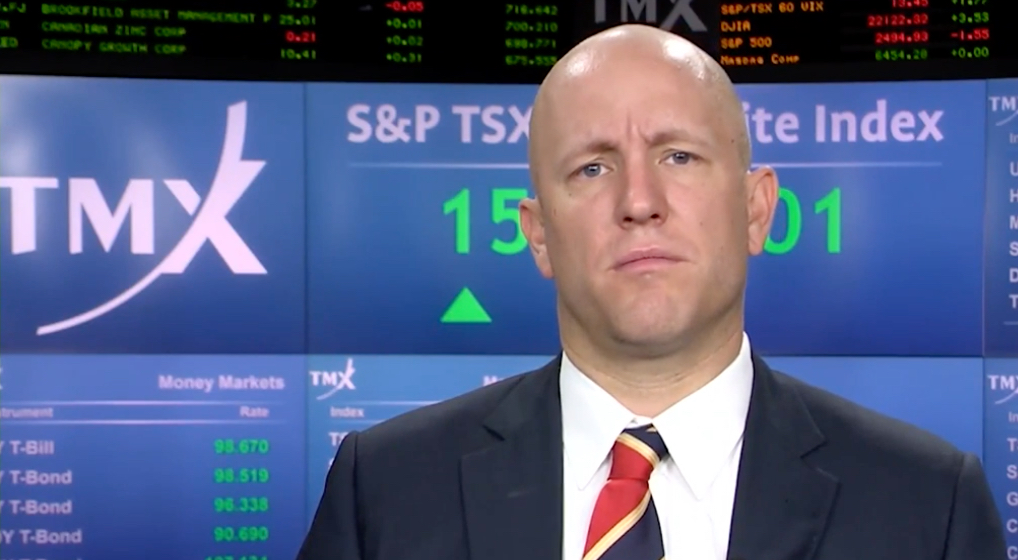
Investors punished Cobalt 27 Capital Corp (TSX_V:KBLT) on Friday following the company’s announcement of bought deal financing at a steep discount to its ruling share price.
Shares in the Toronto-based company were marked down nearly 12% and were still hovering just above the offer level of $10.50 a share on Monday.
Investors who bought into the cobalt story – and it’s arguably the mining story of 2017 – when Cobalt 27 listed in June should still be happy with a 17% appreciation in the value of the stock since then.
Cobalt 27 is using the proceeds of the $66m (C$85m) offering to purchase up to 720 tonnes of high-grade cobalt currently under option for a total of roughly $58 million representing an average price of $36.39 per pound of cobalt, a 10% premium to ruling price as tracked by Metal Bulletin.
Unsurprisingly exchange prices have caught up to Cobalt 27’s deal price, setting fresh highs. SP Angel, a London-based investment bank told clients in a research note:
“There’s big tonnage changing hands in a tight market. Market investors have had a big impact on the whole community, and now with profit realization, we can see continued strength.”
Cobalt 27’s stockpile “is a way for investors to speculate on the price of cobalt, plain and simple”
Cobalt spent most of the money raised in its IPO on buying physical cobalt and the latest purchase will push Cobalt 27’s inventory to around 2,880 tonnes worth as much as $230m at today’s prices. Compare that to LME warehouse levels of under 700 tonnes and annual global production of some 110,000 tonnes, mostly from the Democratic Republic of the Congo.

Cobalt prices have gone ballistic in 2017 with the metal quoted on the LME vaulting past $75,000 a tonne, a 127% surge year to date. Just over the last three weeks the price is up by more than 20%.
MINING.com recently spoke to Cobalt 27 chief executive Anthony Milewski who said the company’s pile of cobalt “is a way for investors to speculate on the price of cobalt, plain and simple.”
Asked whether the rally still has legs Milewski said investors viewing the run-up in the price as excessive are using as base the price of 18 months ago which was a 20-year low for cobalt:
“In twenty years, the inflation adjusted average cost of cobalt is around $24 a pound. In the eighties, cobalt was over $50 at times. So actually, at around $30 today you’re still looking cheap.
“I think there’s a misconception in the market about the price of cobalt just because people’s memory of cobalt literally starts from a month ago”
“There’s this narrative that’s cobalt expensive, but that’s because no one has really followed cobalt to understand that in 2008 it was almost $50. And at multiple times, it has traded well above the current level, and it didn’t have a new source of demand – electric vehicles.
“I think there’s a misconception in the market about the price of cobalt just because people’s memory of cobalt literally starts from a month ago.”
Cobalt is almost entirely the by-product of copper and nickel mining and the market has been in deficit since 2013. This year a 4,300 tonnes shortfall is expected with deficits persisting through to the end of the decade.
Apart from physical stockpiles which Milewski says investors can view as giving similar exposure to a metal as a physically-backed ETF (exchange traded fund), Cobalt 27 also owns royalties on seven early stage cobalt explorers.
Milewski describes the streaming deals as options on the longer term future of the market:
“We supply investors the only pure play cobalt exposure in the market with a sizeable market cap, that doesn’t have a significant risk component to it in terms of exploration and development.”
“Our next transactions will all be on currently producing long-life assets. The reason is simple – we want to give investors leverage on the cobalt market. I want to create the Silver Wheaton [a precious metals streaming giant] of cobalt.”